DIY Eco-Friendly Cleaning Products
Are you tired of harsh chemicals lurking in your cleaning supplies? Do you want to create a healthier environment for your family while also being kind to our planet? If so, you’ve landed in the right place! This article explores various eco-friendly cleaning solutions you can whip up right in your own kitchen. By making your own cleaning products, you not only cut down on harmful substances but also embrace a more sustainable lifestyle. The best part? These homemade cleaners are often just as effective—if not more—than their store-bought counterparts!
Imagine opening your pantry and finding everything you need to keep your home sparkling clean. With a few simple ingredients, you can tackle everything from greasy kitchen surfaces to dusty shelves. Not only will you be reducing your exposure to toxic chemicals, but you’ll also be saving money in the long run. So, are you ready to dive into the world of DIY eco-friendly cleaning products? Let’s get started!
Before we jump into the recipes, let’s take a moment to highlight the benefits of switching to eco-friendly cleaning products. By choosing natural ingredients, you’re not only protecting your family’s health but also taking a stand for the environment. Think of it as a ripple effect; your small changes can lead to a bigger impact on our planet. Plus, there’s something incredibly satisfying about creating your own products. It’s like being a scientist in your own lab, mixing and experimenting until you find the perfect formula!
Throughout this article, we’ll cover essential ingredients, easy-to-follow recipes, and tips that will help you transition to a greener cleaning routine. Whether you’re a cleaning novice or a seasoned pro, there’s something here for everyone. So grab your apron and let’s roll up our sleeves to create some amazing eco-friendly cleaning products!
Q: Are DIY eco-friendly cleaners effective?
A: Absolutely! Many natural ingredients, like vinegar and baking soda, have been proven to be effective cleaners. They can tackle grime, disinfect surfaces, and leave your home smelling fresh without the use of harsh chemicals.
Q: How long do homemade cleaners last?
A: Most DIY cleaners can last for several weeks to months, depending on the ingredients used. However, it’s best to store them in a cool, dark place and check for any changes in smell or appearance before use.
Q: Can I customize my cleaning products?
A: Yes! One of the best things about making your own cleaners is that you can customize them to suit your preferences. Feel free to experiment with different essential oils or add more natural ingredients based on your cleaning needs.
Q: Are there any ingredients I should avoid?
A: While most natural ingredients are safe, it’s best to avoid using essential oils that can irritate the skin or cause allergic reactions. Always do a patch test if you’re unsure!
Now that you have a grasp on what’s to come, let’s dive deeper into the world of DIY eco-friendly cleaning products and explore the essential ingredients that make these solutions so effective!
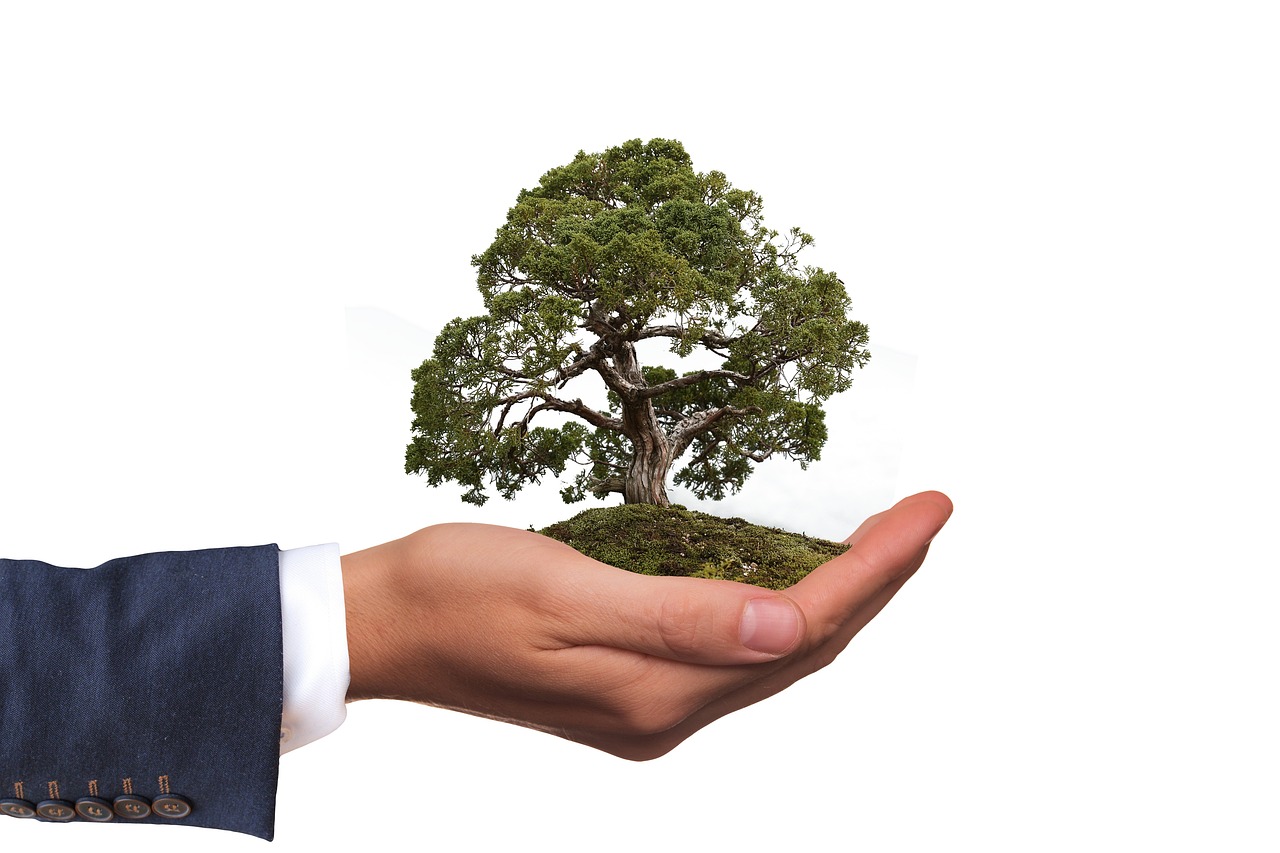
Benefits of Eco-Friendly Cleaning Products
When it comes to cleaning our homes, the products we choose can have a significant impact on our health and the environment. Switching to eco-friendly cleaning products offers a myriad of benefits that go beyond just keeping your space clean. First and foremost, using these natural alternatives drastically reduces your exposure to harmful chemicals. Many conventional cleaning products contain toxic substances that can lead to respiratory issues, skin irritations, and even long-term health problems. By opting for eco-friendly solutions, you can create a safer environment for your family, especially for children and pets who are more vulnerable to chemical exposure.
Moreover, making the switch to greener alternatives promotes sustainability. Most eco-friendly cleaning products are made from renewable resources, which means they have a lower environmental impact. For instance, ingredients like vinegar and baking soda are biodegradable and do not contribute to water pollution. This is particularly important as we face global challenges like climate change and the depletion of natural resources. By choosing products that are kind to the planet, you're not just cleaning your home; you're also doing your part to protect the Earth for future generations.
Another fantastic perk of using DIY eco-friendly cleaners is the potential to save money. Many of the ingredients required to make these cleaners are inexpensive and commonly found in your pantry. For example, a simple mixture of vinegar and water can replace several store-bought cleaners, allowing you to cut down on expenses. Think about it: why spend a fortune on cleaning products when you can whip up effective solutions at home for a fraction of the cost?
Additionally, eco-friendly cleaning products are often just as effective, if not more so, than their chemical-laden counterparts. For example, vinegar is a powerhouse for cutting through grease and grime, while baking soda acts as a natural abrasive that can tackle tough stains. Many people are surprised to learn that these simple ingredients can outperform commercial cleaners without the harsh side effects. Plus, the pleasant scents of essential oils can turn a mundane chore into a delightful experience, transforming your cleaning routine into a fragrant affair.
In summary, the benefits of using eco-friendly cleaning products are numerous and compelling. From protecting your health and promoting sustainability to saving money and enhancing cleaning effectiveness, there's no reason not to make the switch. As you embark on your journey to a cleaner, greener home, remember that every small change contributes to a larger impact. Your choices matter, and by choosing eco-friendly, you're making a difference.

Essential Ingredients for DIY Cleaners
When it comes to creating your own eco-friendly cleaning products, knowing the right ingredients is crucial. The beauty of DIY cleaners is that they often rely on natural substances that are not only effective but also safe for your family and the environment. So, what are these magical ingredients that can transform your cleaning routine? Let's dive into the essentials!
First and foremost, vinegar is a superstar in the world of natural cleaning. Its acidic nature makes it a powerful disinfectant and deodorizer. You can use it to tackle tough stains, eliminate odors, and even cut through grease. Plus, it’s incredibly affordable! Just imagine having a bottle of this versatile liquid in your pantry, ready to tackle any mess that comes your way.
Baking soda is another must-have ingredient. It’s like the Swiss army knife of cleaning supplies! This fine powder can absorb odors, act as a gentle abrasive for scrubbing, and even help with stain removal. When combined with vinegar, it creates a bubbly reaction that can help lift dirt and grime from surfaces. It’s science at work in your kitchen!
Don’t forget about essential oils. Not only do they smell divine, but they also come with their own cleaning properties. For example, tea tree oil is known for its antibacterial qualities, while lemon oil can cut through grease and grime. You can customize your DIY cleaners with your favorite scents, making cleaning a more pleasant experience. Imagine sprucing up your home while enjoying the refreshing aroma of lemon or lavender!
Additionally, castile soap is a fantastic natural cleaner. Made from vegetable oils, it’s biodegradable and safe for the environment. This soap can be used in various cleaning recipes, from dishwashing to floor mopping. Just a few drops can work wonders!
Here’s a quick summary of these essential ingredients:
| Ingredient | Benefits |
|---|---|
| Vinegar | Disinfectant, deodorizer, cuts through grease |
| Baking Soda | Odor absorber, gentle abrasive, stain remover |
| Essential Oils | Antibacterial properties, pleasant scents |
| Castile Soap | Biodegradable, versatile cleaner |
By keeping these ingredients on hand, you’ll be well-equipped to whip up a variety of cleaning solutions tailored to your needs. Whether you’re scrubbing the kitchen counters or freshening up your bathroom, these natural ingredients will not only get the job done but also contribute to a healthier home environment. So, are you ready to embrace the world of DIY cleaning? Your home—and the planet—will thank you!
Q: Can I use these ingredients on all surfaces?
A: While many surfaces can handle these natural cleaners, always test a small area first to ensure compatibility.
Q: Are DIY cleaners as effective as commercial products?
A: Yes! Many DIY cleaners can be just as effective, if not more so, than their commercial counterparts, especially when it comes to everyday messes.
Q: How should I store my DIY cleaners?
A: Store them in labeled containers away from direct sunlight and heat to maintain their effectiveness.
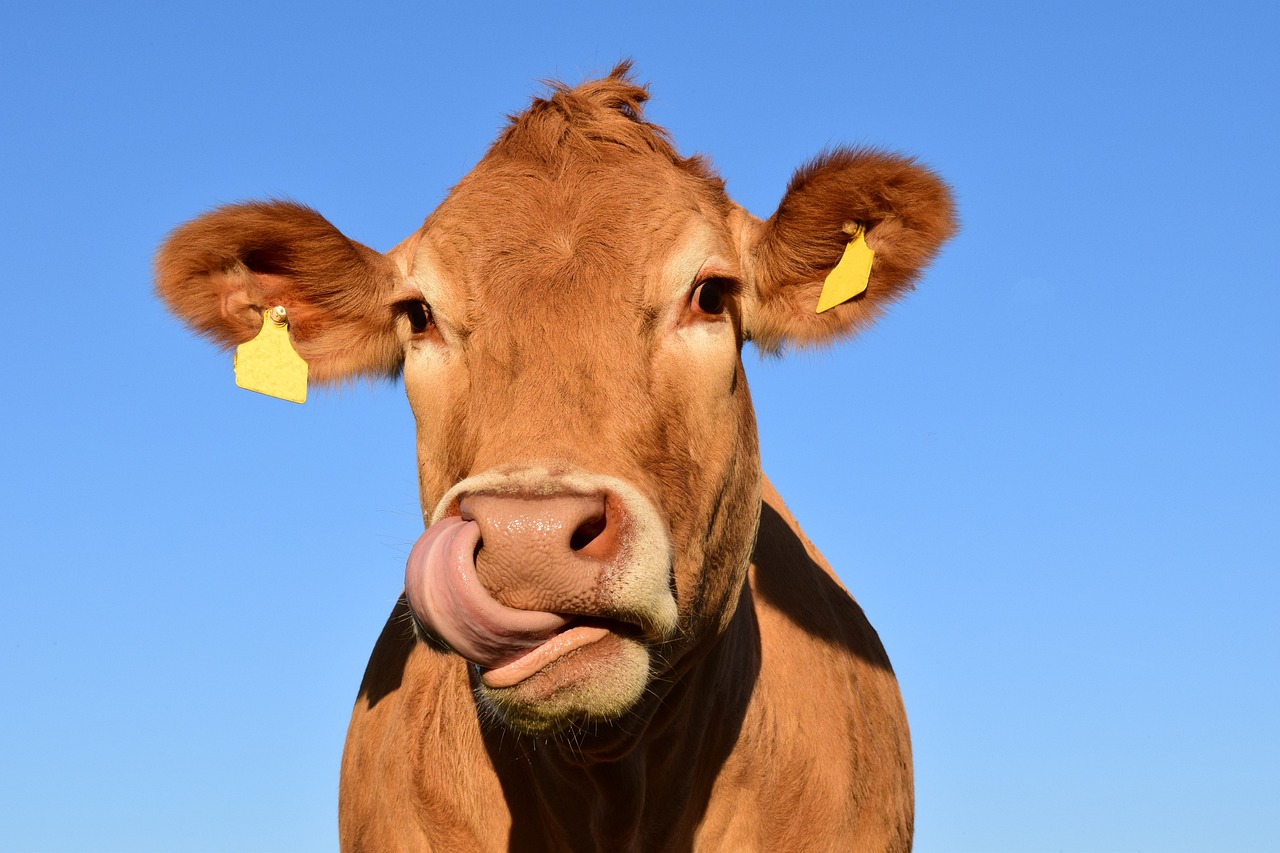
All-Purpose Cleaner Recipe
Creating your own all-purpose cleaner at home is not only simple but also incredibly rewarding. Imagine a cleaner that not only tackles dirt and grime but also keeps your family safe from harsh chemicals. With just a few natural ingredients, you can whip up a solution that works wonders on various surfaces throughout your home. Are you ready to ditch those store-bought cleaners filled with toxic substances? Let’s dive into a recipe that’s as effective as it is eco-friendly!
For this all-purpose cleaner, you will need:
- 1 cup of distilled white vinegar - This powerhouse ingredient cuts through grease and disinfects surfaces.
- 1 cup of water - The perfect base to dilute the vinegar and make it safe for all surfaces.
- 10-15 drops of essential oil - Choose your favorite scent! Tea tree oil is great for its antibacterial properties, while lemon oil leaves a fresh aroma.
Now, let’s get to the fun part: mixing it all together! In a spray bottle, combine the vinegar and water. Give it a gentle shake to mix, then add the essential oil of your choice. Shake again to ensure everything is well blended. Voila! You’ve just created a natural all-purpose cleaner that’s ready to tackle messes in your kitchen, bathroom, and beyond.
But wait, there’s more! The beauty of this recipe is its versatility. You can easily customize it based on your cleaning needs. For instance, if you're battling tough stains, consider adding a tablespoon of baking soda to the mix for an extra boost. Just remember, when you combine vinegar and baking soda, they will fizz up, so do this step in a separate container before adding it to your spray bottle.
When using your all-purpose cleaner, simply spray it on the surface you wish to clean and wipe it away with a clean cloth or sponge. It’s that easy! Not only will you enjoy a sparkling clean home, but you’ll also breathe easier knowing that you’re using a product that is safe for your family and the environment.
Now, let’s talk storage. It’s important to keep your homemade cleaner in a cool, dark place to maintain its effectiveness. A simple label on the bottle will help remind you of the ingredients and the surfaces it’s safe to use on. For example, you might label it: “All-Purpose Cleaner - Safe for countertops, sinks, and more!”
In summary, making your own all-purpose cleaner is not just a fun DIY project; it’s a step towards a healthier home. With just a few ingredients, you can create a product that’s effective, safe, and environmentally friendly. So, are you ready to make the switch and embrace the world of DIY cleaning?
Q: Can I use this cleaner on all surfaces?
A: While this all-purpose cleaner is safe for most surfaces, it's always a good idea to do a patch test on a small, inconspicuous area first, especially on delicate surfaces like marble or granite.
Q: How long does the cleaner last?
A: When stored properly in a cool, dark place, this cleaner can last for several months. Just give it a shake before each use to mix the ingredients.
Q: What if I don’t like the smell of vinegar?
A: Don’t worry! The vinegar scent dissipates quickly as it dries, and the essential oils will leave your home smelling fresh. You can also experiment with different essential oil combinations to find your favorite scent.
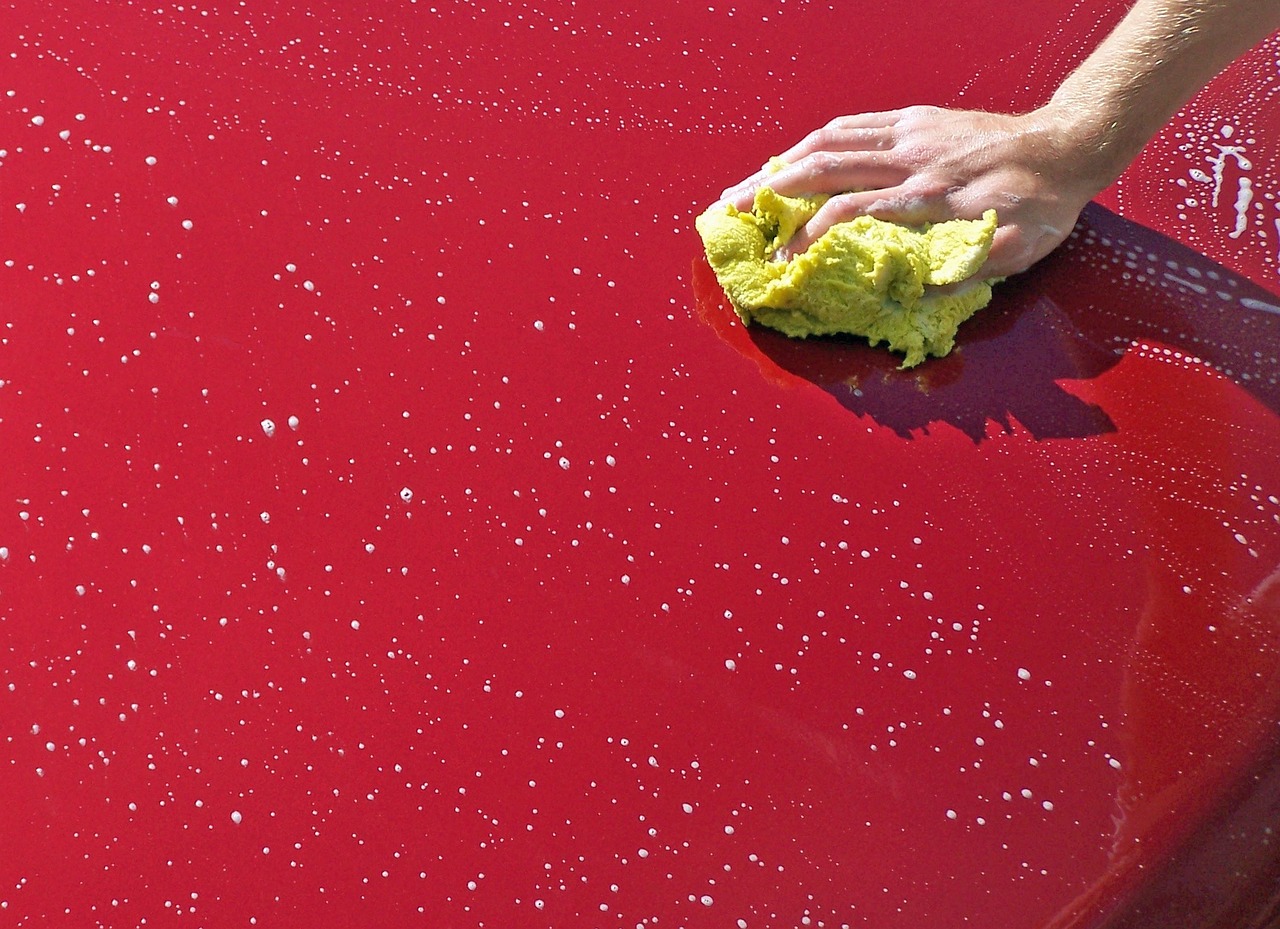
Glass Cleaner Alternatives
Are you tired of streaky windows and the harsh chemical smells that come with store-bought glass cleaners? If so, you're in for a treat! Making your own eco-friendly glass cleaner at home is not only simple but also incredibly effective. Plus, it’s a fantastic way to reduce your environmental impact while ensuring a safe space for your family. Imagine cleaning your windows with a product that’s not only effective but also smells fresh and natural!
One of the best things about DIY glass cleaners is that they often use ingredients you already have in your pantry. For instance, vinegar is a superstar in the cleaning world. It cuts through grease and grime, leaving surfaces sparkling clean. When combined with water, it creates a powerful solution that can tackle even the toughest glass stains. But wait, there's more! Add a few drops of essential oil, like lemon or lavender, for a refreshing scent that will make your cleaning experience a delight.
Here’s a simple and effective recipe for a homemade glass cleaner:
| Ingredients | Measurements |
|---|---|
| White Vinegar | 1 cup |
| Water | 1 cup |
| Essential Oil (optional) | 5-10 drops |
To make your cleaner, simply mix the vinegar and water in a spray bottle. If you choose to add essential oils, do so at this stage. Shake well before each use, and you’re ready to tackle those dirty windows! Spray the solution onto the glass surface and wipe it off with a microfiber cloth for a streak-free finish. It’s like giving your windows a spa day!
Another fantastic alternative involves using baking soda. While baking soda is typically known for its deodorizing properties, it can also help with tougher stains on glass. Combine baking soda with a bit of water to form a paste, apply it to the stained area, and gently scrub with a cloth. Rinse with water, and watch those stains disappear!
For those particularly stubborn spots, consider using a mix of cornstarch and water. This natural combination can help lift grime without scratching the glass. Just mix a tablespoon of cornstarch with a quart of warm water, apply it to the glass, and wipe clean. It's like nature’s gentle scrub for your windows!
Ultimately, switching to homemade glass cleaners not only saves you money but also contributes to a healthier home. Why fill your space with chemicals when you can achieve the same results with natural ingredients? Plus, you can feel good knowing that you’re making a positive impact on the environment.
Q: Can I use vinegar on tinted windows?
A: It's best to avoid vinegar on tinted windows as it may damage the film. Instead, use a gentle soap and water solution.
Q: How often should I clean my windows?
A: For a clear view, aim to clean your windows at least once every month, but you may want to do it more often if you live in a dusty area.
Q: What if I don’t have essential oils?
A: No worries! You can simply omit the essential oils. The vinegar will still provide an effective clean.
Q: Can I use these recipes on mirrors?
A: Absolutely! These DIY glass cleaner recipes work wonders on mirrors as well.
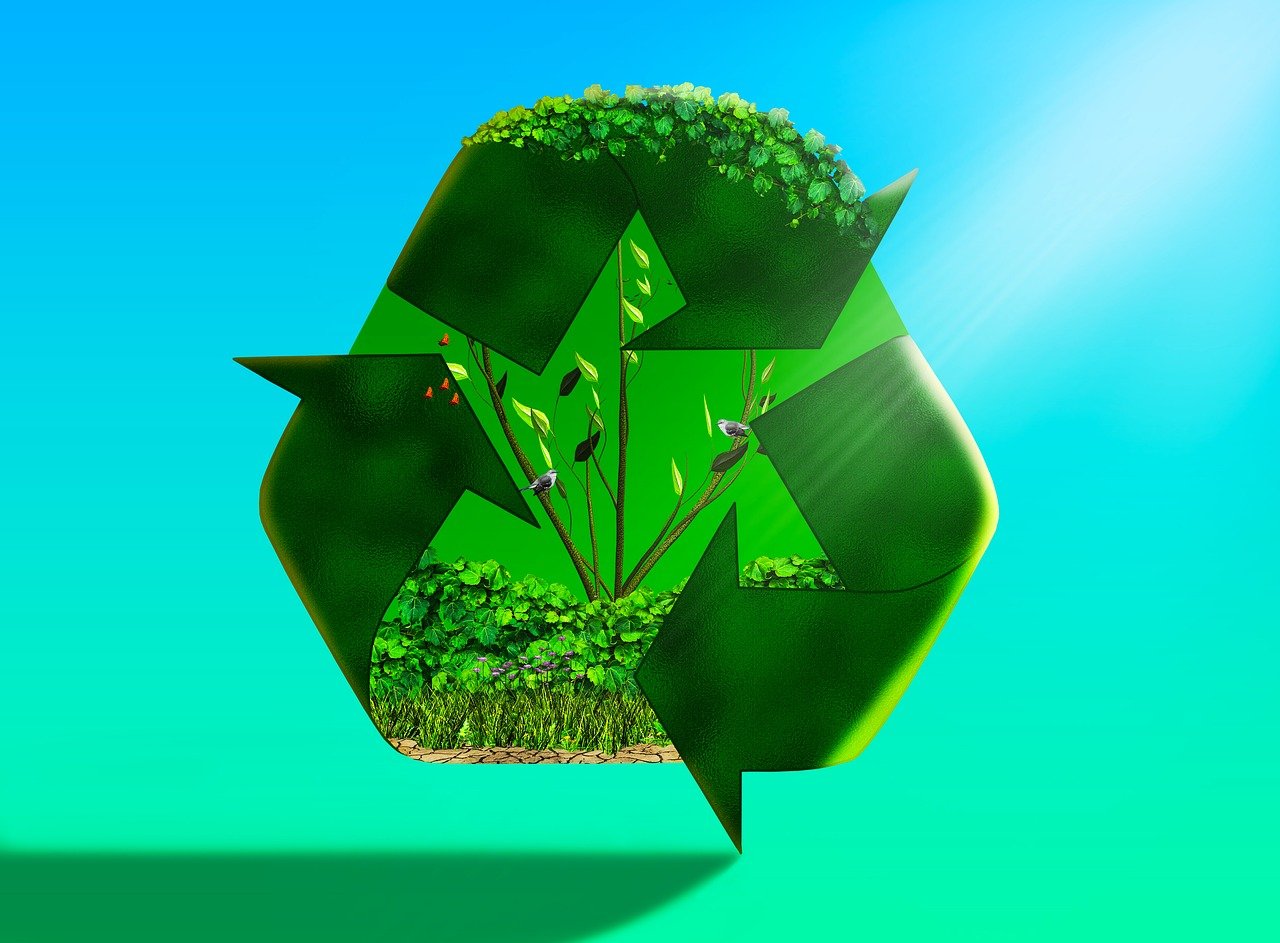
Bathroom Cleaning Solutions
Bathrooms can often feel like a battleground against germs and grime, but fear not! With a few simple, eco-friendly solutions, you can transform your cleaning routine into a safe and effective way to keep your space sparkling clean. Imagine your bathroom as a sanctuary, free from harmful chemicals and filled with the fresh scent of nature. By using DIY cleaning solutions, not only do you protect your health, but you also contribute to a healthier planet.
One of the most powerful ingredients you can use is white vinegar. This natural acid is fantastic for cutting through soap scum and mineral deposits. Combine it with baking soda, and you have a bubbling reaction that can tackle even the toughest grime. For a refreshing scent, consider adding a few drops of your favorite essential oil, like tea tree or lavender, which also have natural antibacterial properties. The combination of these ingredients not only cleans but also leaves your bathroom smelling delightful!
Here's a simple recipe for a bathroom cleaner that you can whip up in no time:
| Ingredients | Quantity |
|---|---|
| White vinegar | 1 cup |
| Baking soda | 1/2 cup |
| Water | 1 cup |
| Essential oil (optional) | 10 drops |
To use this cleaner, mix the vinegar and water in a spray bottle. Sprinkle baking soda on the surfaces you want to clean, then spray the vinegar solution over it. Watch it fizz and bubble! After a few minutes, wipe it down with a cloth or sponge. Not only will your surfaces be clean, but you’ll also enjoy the satisfaction of knowing you did it all without toxic chemicals.
For tough toilet stains, try this powerful paste made from baking soda and vinegar. Apply it to the stains, let it sit for a while, and then scrub with a toilet brush. Your toilet will be left sparkling without the need for harsh commercial cleaners.
When it comes to disinfecting surfaces, a simple solution of hydrogen peroxide can be your best friend. It’s an excellent natural disinfectant that can be used on countertops and sinks. Just spray it on, let it sit for a few minutes, and wipe it away. Not only does it kill germs, but it also helps to deodorize your bathroom.
Remember, keeping your bathroom clean doesn’t have to be a chore filled with harsh chemicals. By using these DIY solutions, you're not just cleaning; you're also making a positive impact on your family's health and the environment. So, roll up your sleeves, grab those natural ingredients, and turn your bathroom into a fresh, clean haven!
Q: Are DIY cleaning products as effective as commercial ones?
A: Yes! Many DIY cleaning products can be just as effective, if not more so, than their commercial counterparts. They often contain natural ingredients that are powerful against dirt and germs.
Q: Can I use essential oils in my cleaning products?
A: Absolutely! Essential oils not only add a pleasant scent but also come with natural antibacterial and antifungal properties, enhancing the cleaning power of your solutions.
Q: How should I store my DIY cleaners?
A: Store your DIY cleaners in labeled spray bottles in a cool, dark place. Make sure to keep them out of reach of children and pets to ensure safety.
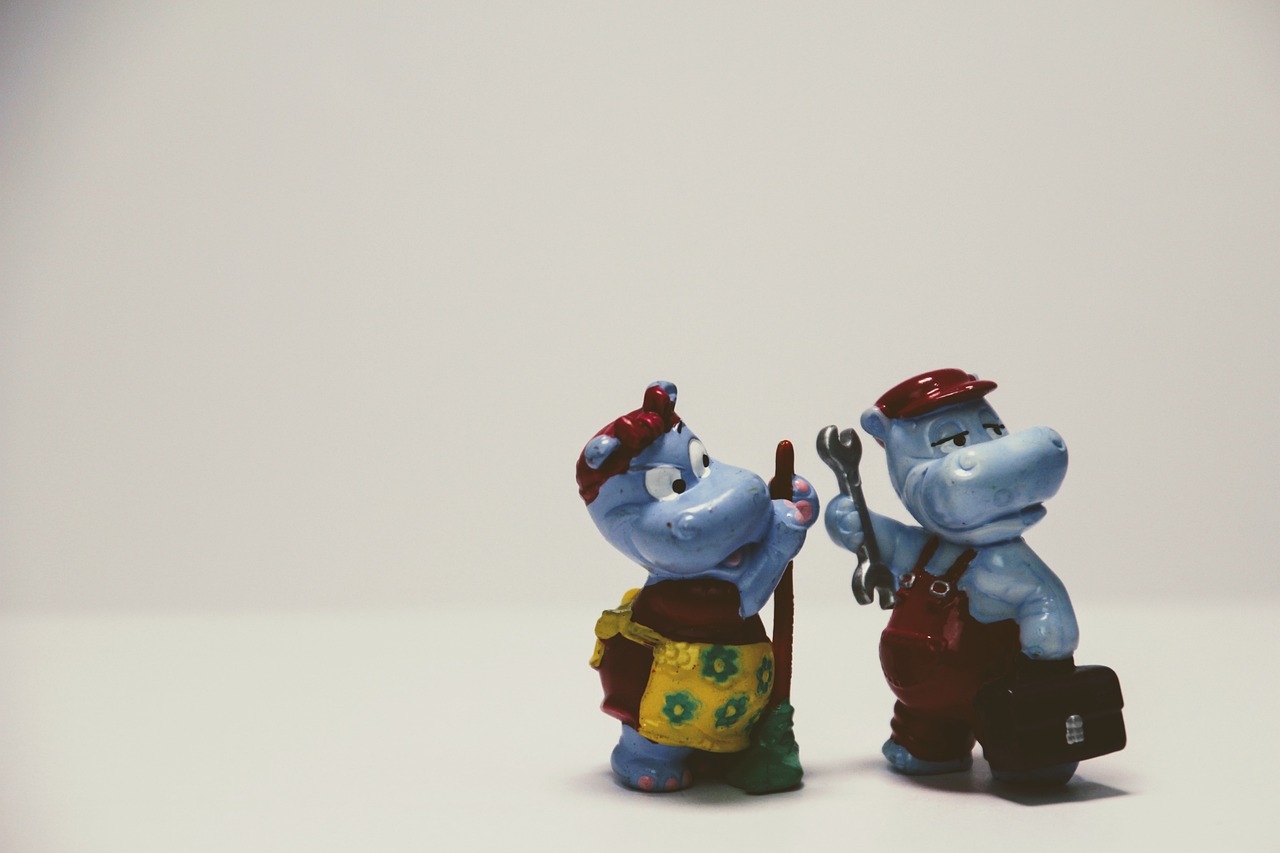
Kitchen Cleaning Tips
When it comes to keeping your kitchen spotless, a few eco-friendly cleaning tips can make all the difference. The kitchen is often the heart of the home, where meals are prepared, and families gather. However, it can also be a hotspot for germs and grime. So, how can you ensure that your kitchen remains a safe and inviting space? The answer lies in using natural ingredients that not only clean effectively but also protect your health and the environment.
First off, let's talk about the importance of regular cleaning routines. Establishing a cleaning schedule can help prevent the buildup of dirt and bacteria. For instance, wiping down countertops and tables after each meal can keep surfaces fresh and sanitized. You might be surprised to learn that a simple mixture of vinegar and water can be a powerful disinfectant. Just mix equal parts of both ingredients in a spray bottle, and you've got yourself a quick and effective cleaner!
Another tip is to pay extra attention to your kitchen appliances. The microwave, fridge, and oven can accumulate spills and stains that may not be visible at first glance. For the microwave, a fantastic trick is to place a bowl of water mixed with lemon juice inside and run it for a few minutes. The steam will loosen any grime, making it easy to wipe away. Plus, it leaves a delightful citrus scent!
For your stovetop, a paste made from baking soda and water can work wonders. Apply it to tough stains, let it sit for a few minutes, and then scrub away with a damp cloth. This method is not only effective but also non-toxic, making it safe for your family. Speaking of safety, always ensure that you’re using separate cleaning cloths for different areas of the kitchen to avoid cross-contamination. For example, you might want to use one cloth for wiping surfaces and another for cleaning utensils.
Don’t forget about the floors! A simple solution of warm water mixed with a few drops of dish soap can keep your kitchen floors sparkling clean. Just mop as you would with any traditional cleaner, but enjoy the peace of mind that comes with using eco-friendly products. And if you have stubborn stains, sprinkle some baking soda on the area before mopping; it acts as a gentle abrasive to lift the stains.
Finally, let’s talk about the importance of proper storage for your cleaning supplies. Keeping your DIY cleaners in labeled spray bottles not only helps you remember what’s in each but also keeps your kitchen organized. Use clear labels to indicate the contents and the surfaces they’re safe for. This will streamline your cleaning process and ensure that you’re using the right product for the right job.
In summary, maintaining a clean kitchen doesn’t have to involve harsh chemicals. With a bit of creativity and some common household items, you can create an eco-friendly cleaning routine that keeps your kitchen safe and sparkling. So grab those ingredients, roll up your sleeves, and let’s make your kitchen shine!
Q: Are DIY cleaning products as effective as commercial cleaners?
A: Yes! Many DIY cleaning products can be just as effective, if not more so, than their commercial counterparts, especially when made with strong natural ingredients like vinegar, baking soda, and essential oils.
Q: How do I store my homemade cleaners?
A: Store your homemade cleaners in labeled spray bottles, away from direct sunlight, and out of reach of children and pets to ensure safety and effectiveness.
Q: Can I use essential oils in my cleaning products?
A: Absolutely! Essential oils not only add pleasant scents but also have antibacterial properties. Just make sure to choose oils that are safe for the surfaces you are cleaning.
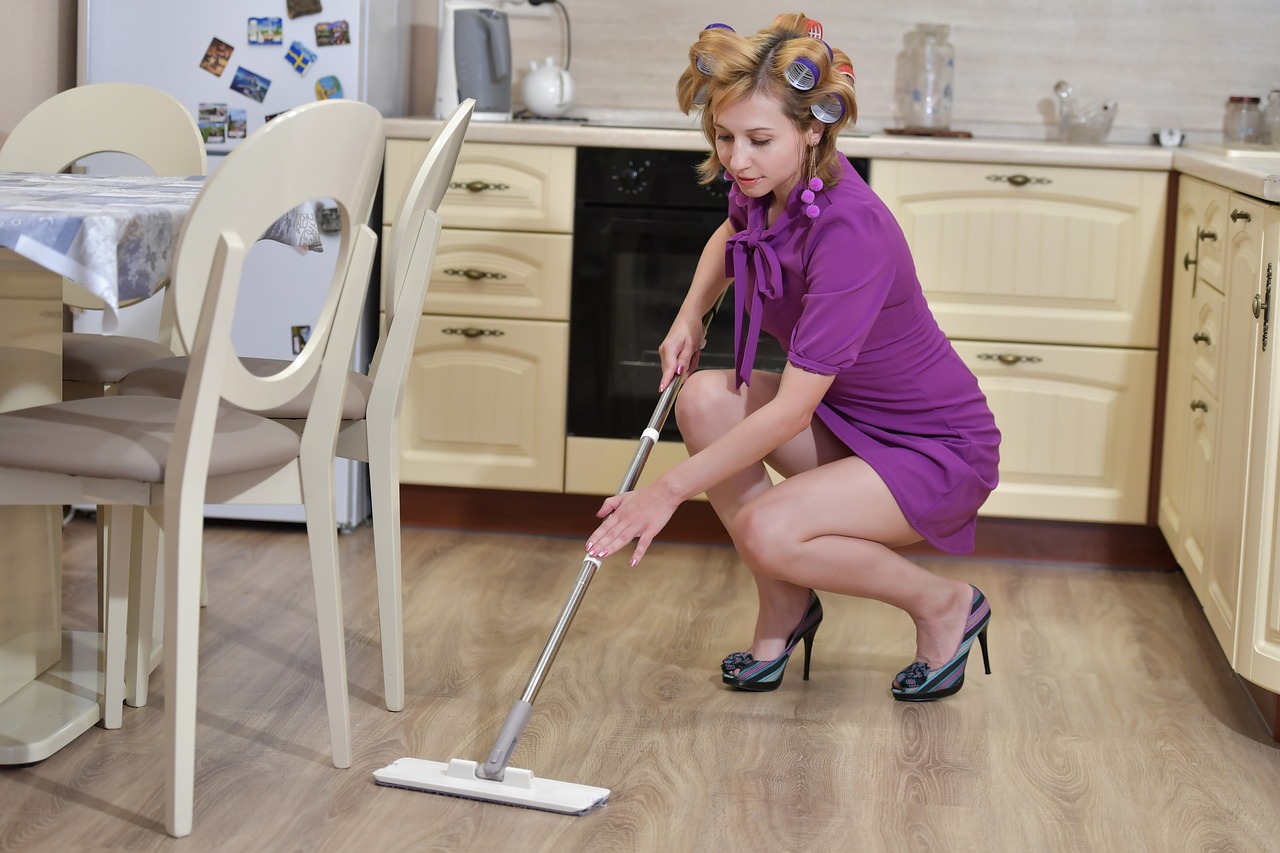
Carpet and Upholstery Cleaners
Keeping your carpets and upholstery clean is not just about aesthetics; it's about creating a healthy home environment. Imagine walking barefoot on a soft, fresh carpet or lounging on a clean couch after a long day—it feels good, right? But many commercial cleaners are filled with harsh chemicals that can be harmful to your family and pets. The good news is that you can easily whip up effective and eco-friendly cleaners right in your kitchen! Let’s dive into some simple DIY recipes that will leave your carpets and upholstery looking brand new without the toxic side effects.
One of the most effective natural ingredients for cleaning carpets and upholstery is baking soda. Not only does it absorb odors, but it also acts as a gentle abrasive that can help lift stains. Combine it with white vinegar, and you have a powerful cleaning duo. Here’s a quick recipe:
DIY Carpet Cleaner Recipe: 1. 1 cup of white vinegar 2. 1 cup of water 3. 2 tablespoons of baking soda 4. A few drops of your favorite essential oil (for fragrance)
Mix these ingredients in a spray bottle and shake gently to combine. Spray the solution on the stained area of your carpet or upholstery, let it sit for about 10-15 minutes, and then blot with a clean cloth. You’ll be amazed at how well this natural concoction works!
For tougher stains, consider using a cornstarch paste. Mix cornstarch with water to create a thick paste, apply it directly to the stain, and let it dry. Once it’s dry, simply vacuum it up. This method is particularly effective for grease stains, making it a fantastic option for upholstery that might have seen a few too many snack attacks!
Another fantastic option is a castile soap solution. Castile soap is a vegetable-based soap that’s gentle yet effective. Here’s how to make a simple upholstery cleaner:
Upholstery Cleaner Recipe: 1. 1 tablespoon of liquid castile soap 2. 2 cups of warm water 3. A few drops of essential oil (like lavender or tea tree for added antimicrobial properties)
Mix these ingredients in a spray bottle, and you’re ready to go! Spray lightly on the fabric and use a soft cloth to scrub gently, lifting dirt and grime without damaging the fibers. This method not only cleans but also leaves a pleasant scent that lingers.
When tackling larger areas, consider using a steam cleaner. If you have access to a steam cleaner, you can fill it with a mixture of water and vinegar to sanitize and refresh your carpets. The heat from the steam helps to lift dirt and kill bacteria, leaving your carpets not just clean but also sanitized.
Before trying any of these methods, always test a small, inconspicuous area first to ensure that the fabric won’t be damaged. Remember, a little precaution goes a long way in maintaining the integrity of your furniture and carpets.
So, why not give these eco-friendly carpet and upholstery cleaners a try? Not only will you save money, but you’ll also be doing your part to protect the environment. Plus, your home will smell fresh and inviting without the chemical overload!
Q: Can I use these cleaners on all types of fabrics?
A: While most natural cleaners are safe for a variety of fabrics, it’s always best to test a small area first. Delicate fabrics may require special care.
Q: How often should I clean my carpets and upholstery?
A: It’s recommended to clean high-traffic areas every 6 to 12 months, while upholstery can be cleaned seasonally or as needed.
Q: Are there any specific essential oils I should use?
A: Essential oils like tea tree, lavender, and lemon not only provide a pleasant scent but also have antibacterial properties, making them great choices for cleaning.
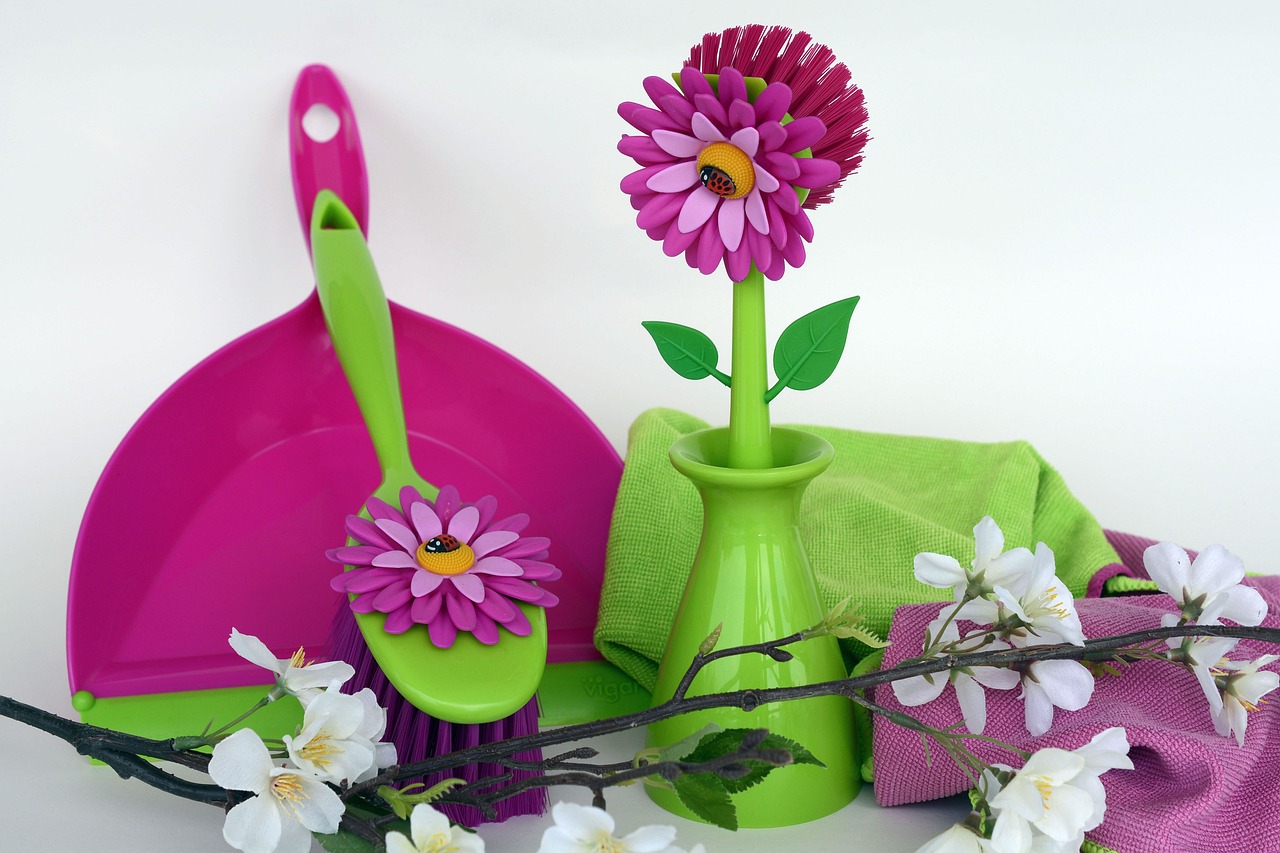
Storing and Labeling Your Cleaners
When it comes to DIY eco-friendly cleaning products, storage and labeling are crucial elements that can easily be overlooked. Proper storage not only ensures the longevity of your homemade cleaners but also keeps them safe from accidental spills or misuse. Imagine reaching for a bottle only to find it mislabeled or, worse, that it has degraded because it was left in direct sunlight! To avoid these mishaps, consider the following tips:
First and foremost, choose the right containers for your cleaners. Glass bottles are an excellent choice as they are non-toxic and can be easily recycled. However, if you have little ones or pets around, opt for sturdy plastic containers with child-proof caps. Make sure to select opaque bottles to protect sensitive ingredients like essential oils from UV light, which can diminish their effectiveness.
Next, always store your cleaning products in a cool, dry place. Humidity and heat can alter the chemical composition of your cleaners, potentially making them less effective. A cupboard or pantry away from direct sunlight is ideal. If you have multiple cleaners, consider using a dedicated shelf to keep everything organized. This not only makes it easier to find what you need but also reduces the risk of mixing incompatible ingredients.
Now, let’s talk about labeling. Clear and informative labels are essential for safe use and easy identification. Each label should include:
- The name of the cleaner
- The date it was made
- A list of ingredients
- Any safety warnings (e.g., keep out of reach of children)
For example, if you’ve made a vinegar-based all-purpose cleaner, your label might read:
All-Purpose Cleaner Made on: [Date] Ingredients: Vinegar, Water, Essential Oils Warning: Keep out of reach of children.
Using a consistent labeling format not only helps you quickly identify your cleaners but also ensures you remember what’s inside each bottle. You can get creative with your labels by using colorful stickers or even printing them out with fun designs. Just make sure the text is legible!
Lastly, it’s a good idea to periodically check your homemade cleaners. Over time, some natural ingredients may separate or lose their potency. A quick shake or stir can often remedy this, but if a cleaner has changed in color or smell, it’s best to dispose of it and make a fresh batch. Remember, your health and safety come first!
By following these storage and labeling tips, you can ensure that your DIY eco-friendly cleaning products remain effective and safe for your family and the environment. So go ahead, get creative in your cleaning routine, and enjoy the peace of mind that comes with using natural ingredients!
Q1: How long can I store my DIY cleaners?
A1: Most DIY cleaners can be stored for up to six months, but it's best to check for any changes in smell or appearance before use.
Q2: Can I use any type of bottle for my cleaners?
A2: It's recommended to use glass or high-quality plastic bottles to avoid chemical leaching. Opaque containers are preferable to protect sensitive ingredients.
Q3: What should I do if my cleaner separates?
A3: Simply shake or stir the cleaner before use. If it has an off smell or unusual color, it’s best to discard it and make a new batch.
Frequently Asked Questions
- What are the benefits of using DIY eco-friendly cleaning products?
Using DIY eco-friendly cleaning products can drastically reduce your exposure to harmful chemicals found in commercial cleaners. Not only are these homemade solutions better for your health, but they're also kinder to the environment. Plus, you'll often save money by using common household ingredients!
- What are some essential ingredients for making my own cleaners?
Some key ingredients for DIY cleaners include vinegar, baking soda, and essential oils. Vinegar is a natural disinfectant, baking soda acts as a gentle abrasive, and essential oils can add pleasant scents while providing additional cleaning properties. Together, these ingredients can tackle a wide range of cleaning tasks!
- How do I make an all-purpose cleaner?
Making an all-purpose cleaner is super simple! Just mix equal parts of water and white vinegar in a spray bottle. You can also add a few drops of your favorite essential oil for a refreshing scent. This solution works wonders on various surfaces, from countertops to bathroom tiles!
- Are there effective homemade alternatives for glass cleaners?
Absolutely! A great homemade glass cleaner can be made by mixing one part water with one part vinegar. For extra sparkle, you can add a tablespoon of cornstarch. This mixture will leave your windows streak-free and shining without any harsh chemicals.
- How can I clean my bathroom naturally?
For a natural bathroom cleaner, try using a mixture of baking soda and vinegar. Sprinkle baking soda on surfaces, then spray with vinegar. Let it fizz for a few minutes before scrubbing. This combination effectively disinfects and cleans while being gentle on the environment.
- What are some eco-friendly tips for cleaning the kitchen?
When cleaning the kitchen, consider using lemon juice mixed with water as a natural disinfectant. Additionally, you can use baking soda to scrub tough stains on countertops and appliances. Remember, keeping your kitchen clean doesn’t have to involve harmful chemicals!
- How can I clean carpets and upholstery naturally?
A simple and effective carpet cleaner can be made by mixing equal parts of water and vinegar in a spray bottle. Spray the solution on the stained area, let it sit for a few minutes, and then blot with a clean cloth. This method is tough on stains but gentle on your fabrics!
- What is the best way to store my DIY cleaners?
Store your DIY cleaners in clearly labeled containers, preferably in a cool, dark place. Glass or dark plastic bottles work well to protect the ingredients from light. Always keep cleaners out of reach of children and pets to ensure safety.



















